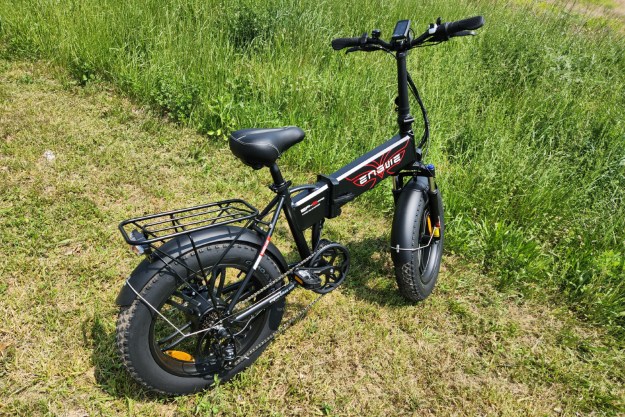In Scotland, 90 percent of the land is privately owned by a small percentage of the population. In order to combat the restrictions put on citizens who want to explore this land and on account of the Scots’ persistent commitment to freedom, the country codified the ancient tradition of the right for universal land access in Scotland. This occurred through the Land Reform Act of 2003. These access rights apply to non-motorized activities such as walking, cycling, horseback riding, and snowboarding, and also to inland water sources, making for ample locations to canoe, kayak, and swim. The rights are limited by the Scottish Outdoor Access Code, which highlights how a person needs to act responsibly including taking care of the environment, respecting the land, and keeping pets under control.
This “Right to Roam” law leaves unlimited potential for outdoor enthusiasts in Scotland. Patagonia follows two of its athletes on a mission to find great snowboarding terrain throughout the Scottish backcountry. At the beginning of the film, the two athletes meet a local with a shared interest in snowboarding, and she offers to lead them on their adventure. The film follows the group as they journey across the highlands, shredding rad lines, but also really exploring the depths of the “Right to Roam” law. At one point in the film, France-Roy and Yoder stay in an old farm shelter, designated as a sanctuary for outdoor enthusiasts, to dry off, meet others, and recuperate. The shelter is labeled a “mountain bothy,” maintained by the Mountain Bothies Association.
At another point in the film, France-Roy and Yoder are seen helping out on a local farm, spreading hay for the livestock. This is one moment that really embodies the heart of the “Right to Roam” act, displaying the necessity for a little bit of give and take on both sides of the equation. The film exemplifies both the potential for adventure in Scotland and also the capacity for a country to exercise this kind of freedom, with benefits to the culture as a whole.
You can watch the entire Right to Roam film on Vimeo.


